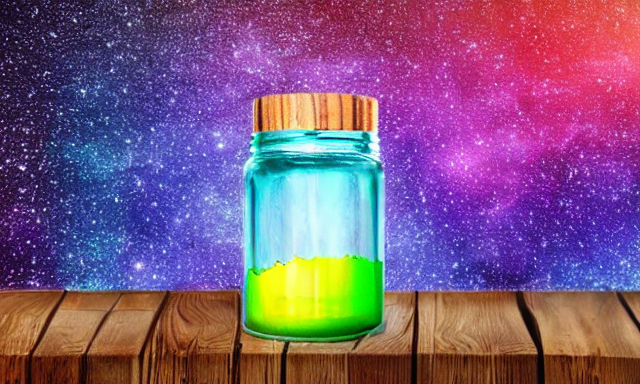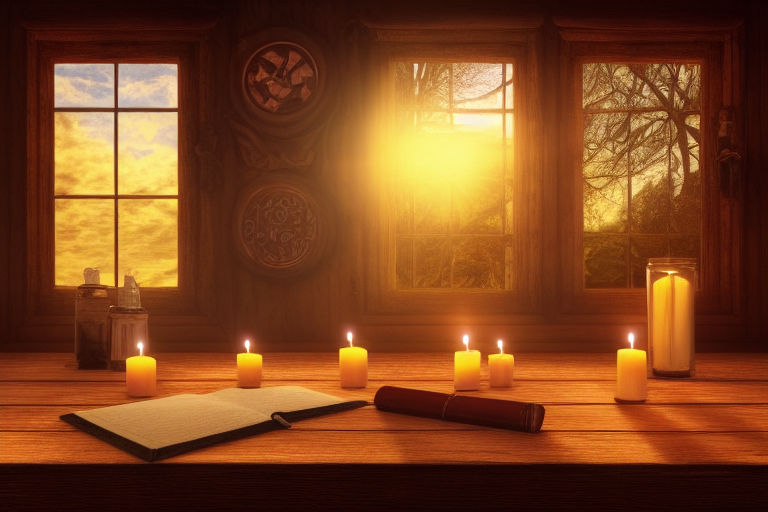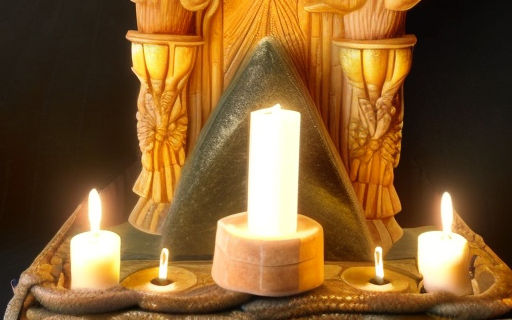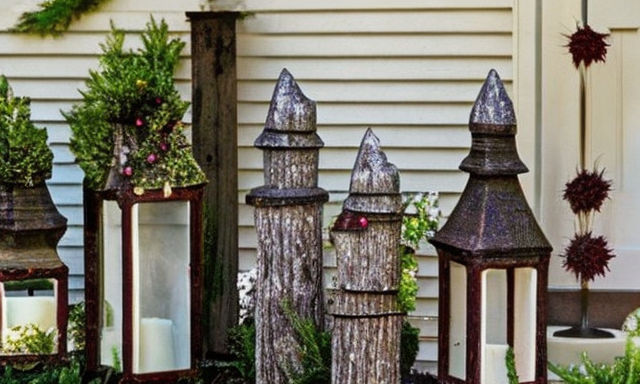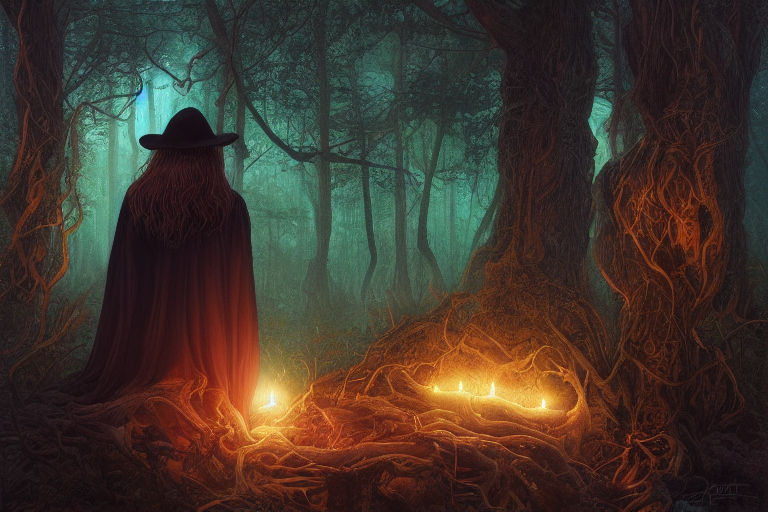The Meaning of Samhain
Samhain is the time of year when the physical world and the spiritual world are intertwined. It is also a time for divination and winter preparation. As the winter season draws to a close, people gather to settle important business matters and make final preparations for the coming year.

Samhain was a festival of the dead
Samhain is a Celtic festival that marks the end of the growing season, when the dead of the year can walk among the living. It is believed that this is when the veil between the worlds between the living and the dead becomes thin, allowing spirits and faeries to walk freely. This ancient festival is marked by elaborate preparations and communal feasts. These festivities often involve leaving the doors open and preparing special food for the dead. Mortals were not allowed to consume the food, and it was considered sacrilege to eat the food of the dead.
The festival began with a community bonfire lit by Druid priests. During this time, the priests offered prayers and offered sacrifices to appease the gods. During this time, a wheel was used to represent the sun, and cattle were sacrificed to the gods. After the festivities, participants took a flame from the bonfire home with them. The festival was considered a necessary part of the Celtic calendar, as failure to take part would bring punishment from the gods.
As Christianity became the dominant religion in Europe, many of these pagan rituals were discarded. In Ireland, for example, Pope Boniface IV converted Samhain to All Saints’ Day, which was originally celebrated on May 13th. Later, Pope Gregory III changed the date of the festival to November, and many Samhain rituals were preserved as folk customs.
The ancient Celts also celebrated Samhain by dressing up in animal skin costumes and wearing dried animal heads. These costumes were worn to ward off evil spirits. The festival was also associated with horse races and religious rituals. The Celts also held large political assemblies on Samhain. The New Year was also celebrated during Samhain. It was also the time for making plans for the future.
It was a time for divination
In ancient Celtic societies, Samhain was a time for divining and communication with the ‘other world’. People who could see or hear the spirits of the departed could make use of the Samhain symbols to tell the future or obtain answers to the mysteries of life. These divination techniques were later developed and used as party games and were often associated with love and marriage.
The Celts practiced divination on a daily basis and it played a central part in their Samhain celebrations. Today, traces of this ancient practice can be found during Halloween festivities. Brave observers can see the spirits of the dead who will come to haunt the living in the coming year, but they run the risk of meeting their own ghosts. Girls who watch themselves in a mirror on Samhain may also glimpse the face of their future husband or wife. However, there is also a risk of seeing the devil.
Apples were also used for divination during Samhain, as they were associated with the Other World. The ancient Celts would bring in their livestock and sacrifice them to the gods to prevent famine during the winter. In addition, young women would peel an apple on Samhain Eve, which would take on the shape of the first letter of the man they wanted to marry. They also believed that eating an apple in front of a mirror conjure the image of their true love. A tradition called “dunking for apples” is also believed to bring good fortune.
Traditionally, the Celts celebrated Samhain on October 31. It was the time when the barrier between the spirit world and the earth world was broken. In ancient Celtic myths, faeries and spirits were believed to walk among mortals. Celtic priests would conduct divination rituals and build huge bonfires during this time. In addition, they would pray for protection against the ghouls and spirits.
It was a time for making winter preparations
Traditionally, Samhain marked the end of the harvest season, a time of year when fruit and berries were dried and stored for winter. Boats were brought inshore to make way for winter weather, and a celebration of Samhain was held with large gatherings of people. Food and drink were left out for the Aos Si, the fairies and spirits that were believed to protect people and livestock from evil spirits. Samhain was also a time for mourning the dead and honoring the ancestors.
The holiday originated in ancient Ireland and is one of the four cross-quarter holidays. It marks the end of the growing season and is traditionally celebrated between October 31 and November 1. It is associated with the Gaels, a group of Celtic people in the United Kingdom, and is thought to have originated in ancient Ireland. Many important events in Irish mythology begin on Samhain.
Samhain is often accompanied by a feast. In many cultures, Samhain is a time for making preparations for the winter season. Many cultures have used Samhain to honor their ancestors. For example, the festival is also associated with the celebration of harvest, and people celebrate this by freezing, canning, and drying their harvest.
Celts celebrated eight sabbats throughout the year, including Samhain. These sabbats were important to Celtics because they marked important turning points in the year’s cycle and said goodbye to the old seasons. Samhain, which falls on the night closest to November 1st, also marks the beginning of winter. The time for reaping resources was believed to be a necessary part of the winter preparations for the coming year.
The Celtic calendar marked Samhain as the end of summer and the beginning of winter. The time of Samhain is also a time for taking stock of herds and choosing livestock for the winter. Many farmers observed the festival by bringing their livestock to their winter pastures. They would also slaughter animals for winter food. The meat from these cattle would be red and eaten during the winter.
It was a time for assembling and settling important business matters
Samhain was an ancient Celtic festival that marks the end of the harvest and the start of the cold winter months. This holiday was traditionally a time for taking stock of livestock and food supplies. Many farmers would slaughter animals and choose the meat they would use throughout the winter. It was also a time for settling important business matters.
It was a time for apple-dooking
Apple-dooking is a traditional hearthside activity and is associated with Samhain. The practice of bobbing for apples, or apple-dooking, is believed to bring good luck and predict future events. It was traditionally practiced by young people who were unmarried. Young men and women would try to bite into a floating apple or an apple on a string. If they were successful, they would be the next to marry.
Ancient Celts also used apple-dooking as a way to ward off evil spirits and ensure prosperity. They would burn large bonfires at night and tie apples to evergreen branches. They would also make animal sacrifices and offer gifts to the gods. The Celts believed that apples could be a good luck charm and reveal the names and initial letters of a potential spouse. People would also play a game called ‘ducking for apples’ during Samhain. The game was not only played for good luck, but also to determine one’s life expectancy.
Bobbing for apples is an ancient tradition and is still practiced in many parts of the UK today. It originated from ancient Celtic culture, but was later adopted by the Romans, who wanted to integrate their beliefs into the new areas they invaded. Today, it is popular at children’s parties.
The Gaelic holiday Samhain is a time of reflection. It marks the end of the harvest season and the start of the winter season. Many of the Celts also used the holiday to remember their dead and celebrate the new beginning of the year.


